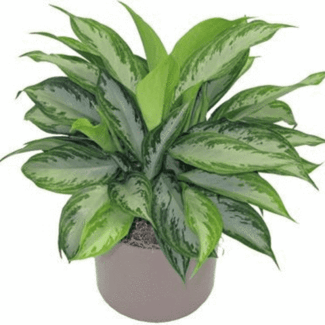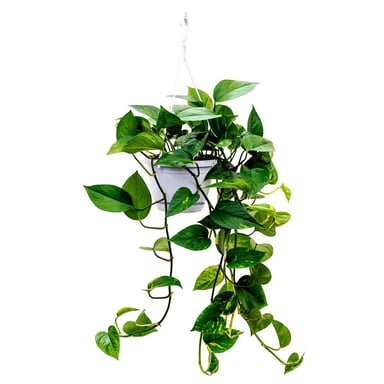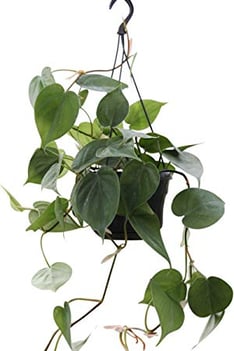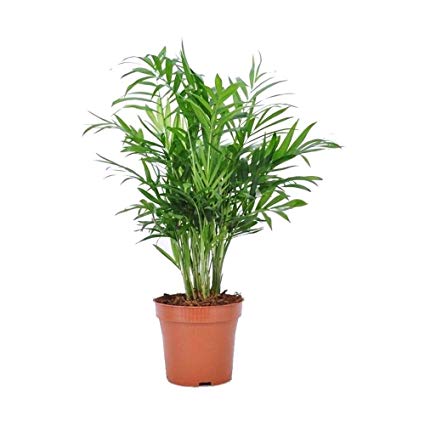6 Hard-to-Kill Plants for Your Optometry Practice
Plants are having quite the moment on social media. Coffee shops, coworking spaces, homes, and even city public spaces are catching on to the trend. Not only do plants create a welcoming space, but some of them even help purify the air in a bland exam room. How can you bring the spring bounty into your optical practice without breaking the bank or creating too much work for yourself?
In order to make the process simple, we've researched the best indoor plants that will thrive in artificial or low light and don't require frequent watering. We hope these plants could improve your window displays, dispensary, and the general vibe of your office.
Bring These Plants into Your Optometry Office
Like we mentioned, these plants require very little maintenance. Some of them even grow best when left unwatered for weeks. For all of these plants, choose pots with drainage holes. You can usually find these plants and pots at a fair price at any big box store (Walmart, Home Depot, Lowe's, etc) or your local plant nursery.
1. Cast Iron Plant

This plant doesn't grow too tall, but it will last your practice many years. Feel free to place it in low light (but not in a room without windows), water thoroughly every 10 days to 2 weeks, and fertilize annually.
2. Chinese Evergreen

The Chinese Evergreen is great in shade or even medium light, but make sure your office stays above 60 degrees F. Let it dry out completely between waterings and only water until it just starts draining out of the bottom of the pot. These plants can go up to 2 weeks or even a month without watering, just feel the soil to make sure it's dry.
3. Pothos

The pothos is one of the most forgiving, fast-growing plants. If you're looking from something to trail down from an empty high shelf or on top of a bookcase, this is the best plant for you. They can provide interest in even the darkest corners, but don't place them in direct sunlight. When your plant gets too long, you can trim it and place trimmings in water for other parts of your practice, too. Just like the Chinese Evergreen, only water these when they've completely dried out (once every 2-3 weeks).
4. Philodendron

Philodendrons are an extremely adaptable plant that grows quickly with the right amount of light and water. They can grow in artificial light, shade, and indirect light with very little water. Like pothos, they tell you that they need to be watered when their leaves start to droop. These are a trailing plant, but there are many varieties that spread sideways instead.
5. Snake Plant

There is no plant that you can forget to look at for a month (or more) that will forgive you the way a snake plant does. Snake plants grow new shoots in the spring even with monthly waterings and barely any sunlight. There are many varieties of leaves, so you can choose your favorite pattern at the plant store. They come in many sizes, live for years, and grow quite tall.
6. Parlor Palm

Lastly, we have our most resilient, low-light loving plant yet. We couldn't round off this list without including a palm, because they need to stay away from direct light and dry out between waterings. Water the palm when the top level of soil dries out and repot no more than once a year.
Our blog is the #1 place to get more useful tips for improving your practice. Subscribe here.

